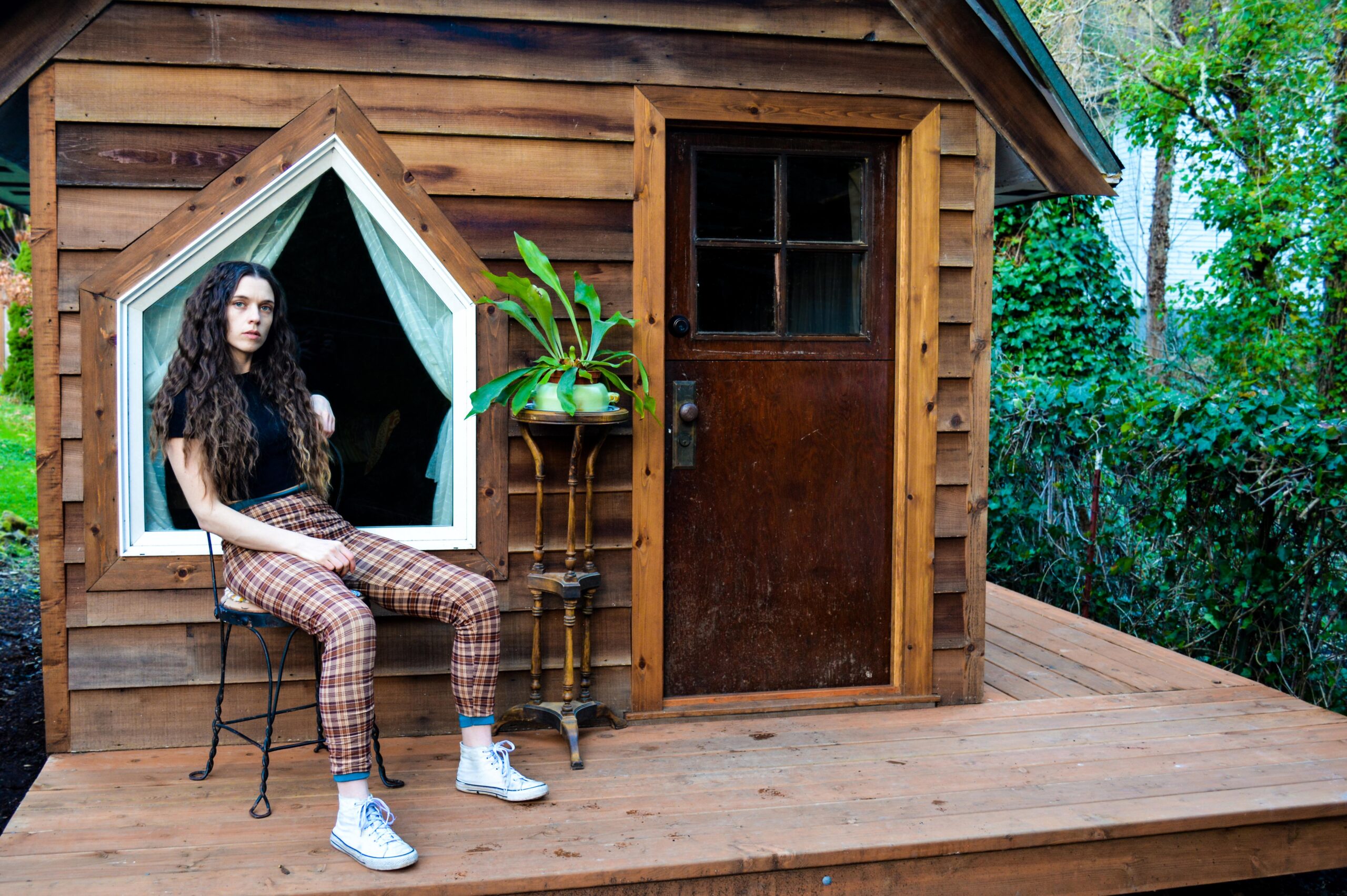Rigid gender norms suck. Pony Hunt‘s cosmic doo-wop rules. Today, the New Orleans indie folk outfit shares a new track called “Stardust” — premiering below — which finds bandleader Jessie Antonick turning her own gender journey into something tender and heartfelt and uplifting. “I’m a sunset ocean haze / sinking into the floor,” Antonick coos […]

